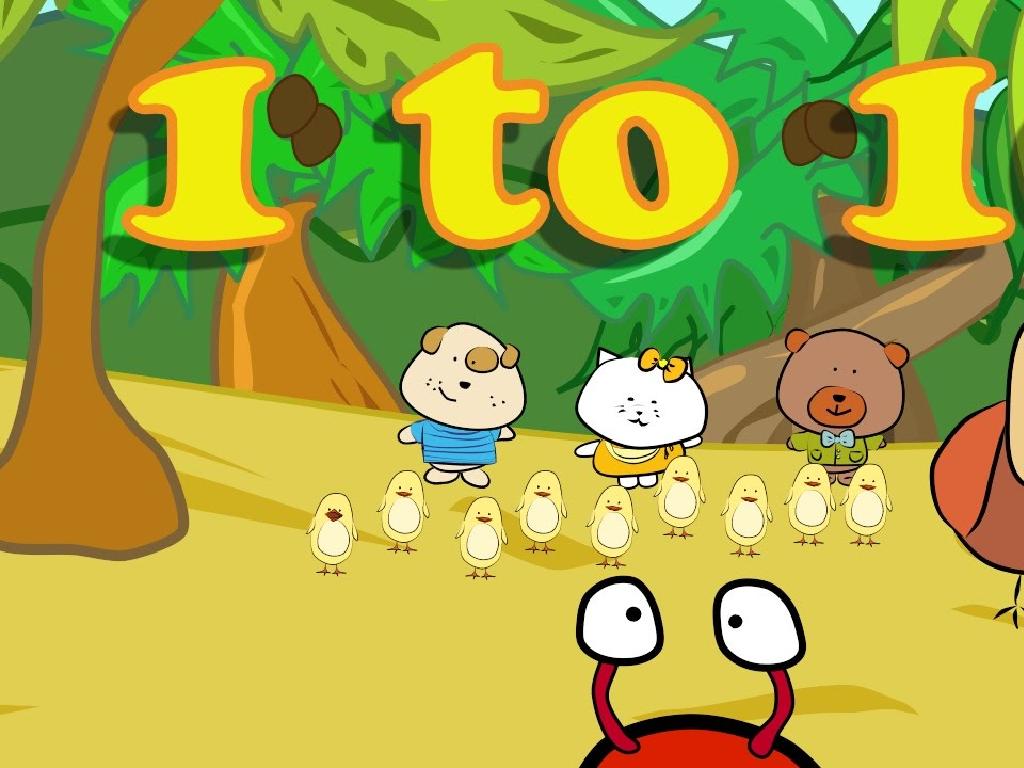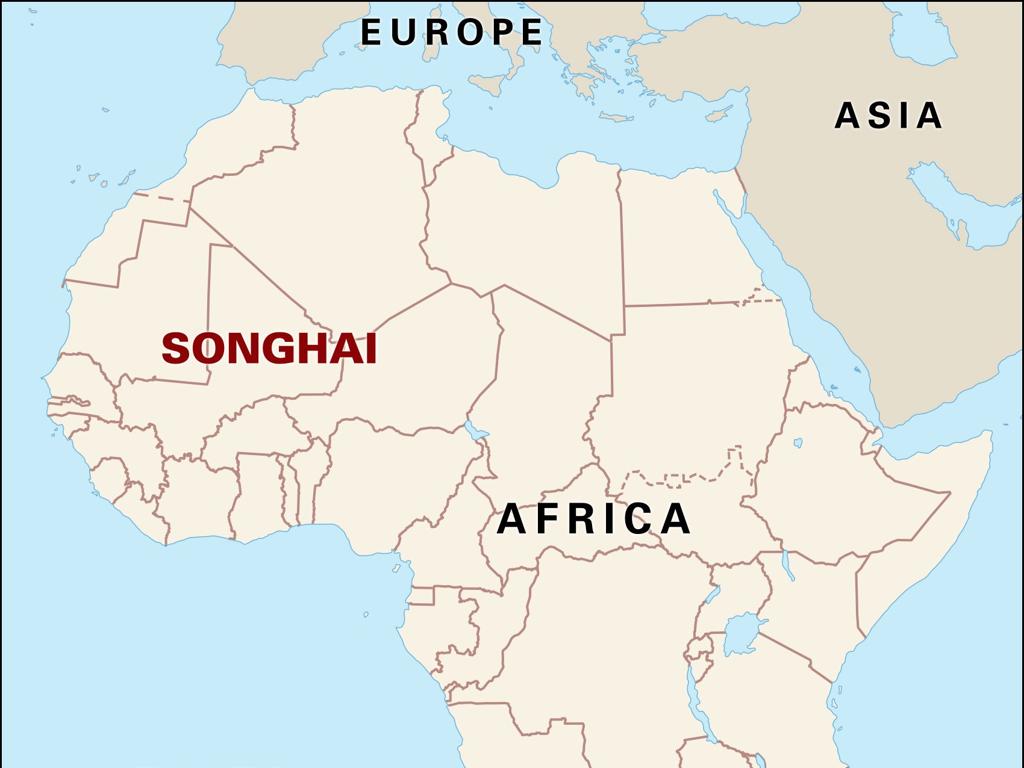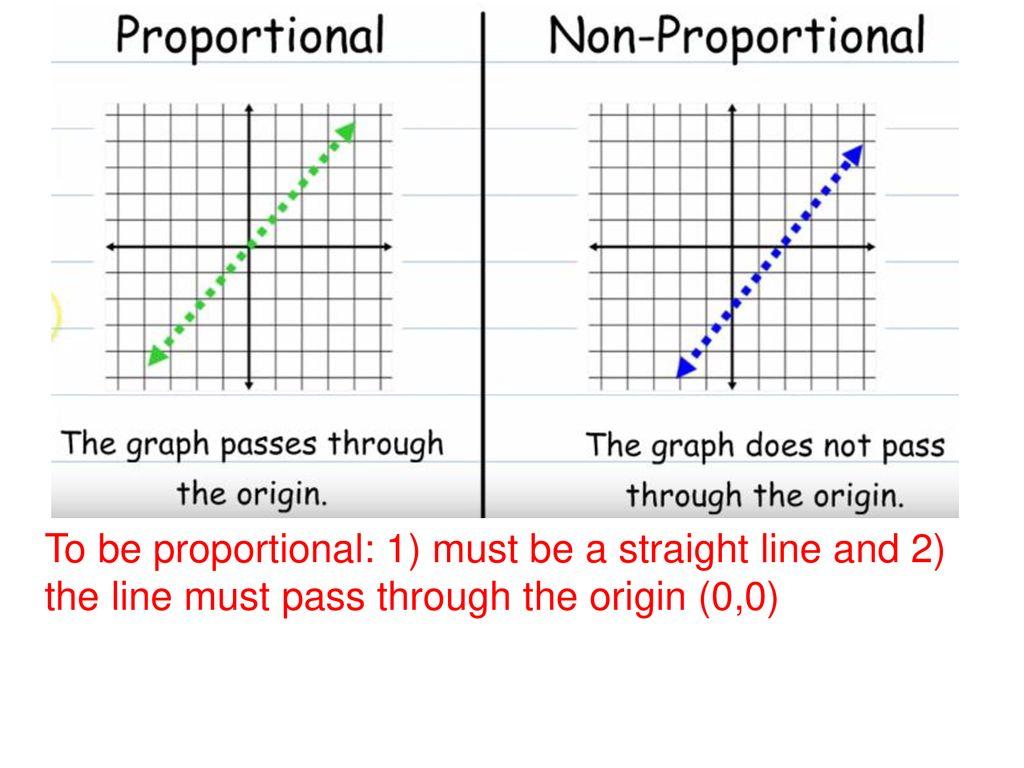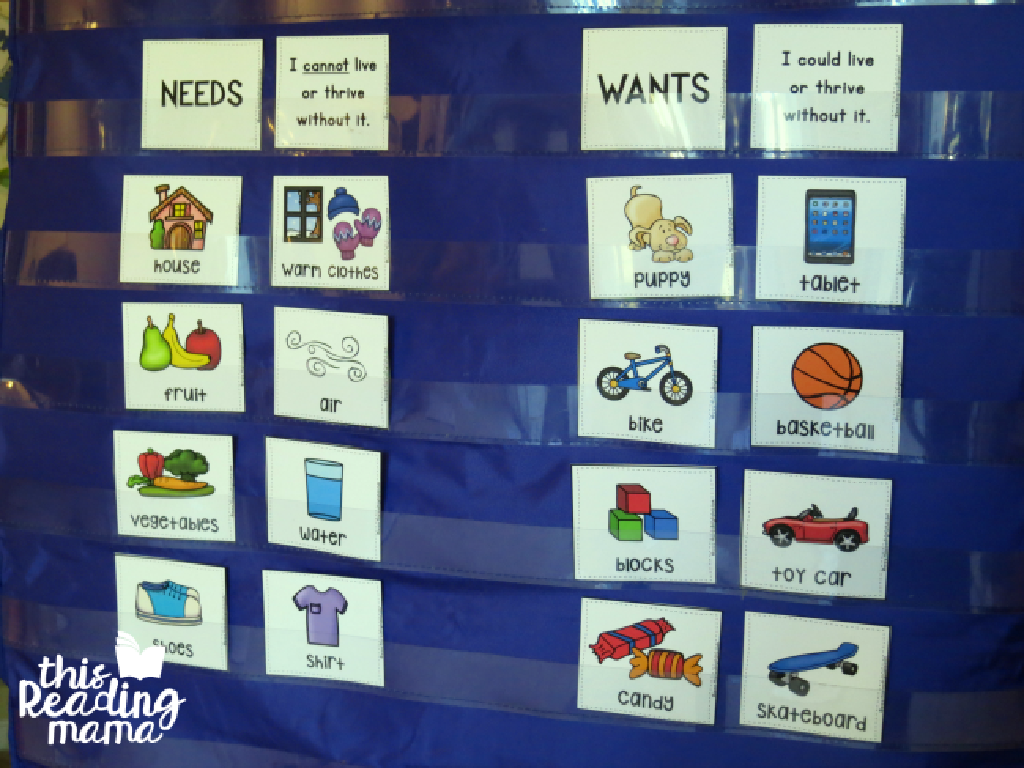Cities Of The Midwest
Subject: Social studies
Grade: Fifth grade
Topic: Cities
Please LOG IN to download the presentation. Access is available to registered users only.
View More Content
Exploring the Midwest Region
– Introduction to the Midwest
– A region known for its agriculture and industry.
– States in the Midwest
– Includes states like Illinois, Ohio, and Michigan.
– Significance of the Midwest
– Key contributor to America’s economy and culture.
|
This slide introduces the Midwest region, a diverse and important part of the United States known for its rich agricultural history and significant industrial contributions. It’s composed of several states, each with its own unique characteristics and role in American history. The Midwest is also known for its influence on American culture, including music, food, and sports. When discussing the Midwest with students, highlight the region’s impact on the nation’s economy through farming and manufacturing. Encourage students to think about what makes the Midwest distinct and to consider how the region’s geography and climate influence its industries and way of life.
Major Cities of the Midwest
– Chicago: A bustling metropolis
Located in Illinois, known for its skyline and deep-dish pizza.
– Detroit: Motor City’s legacy
In Michigan, famous for its automotive history.
– Minneapolis: Twin Cities’ pride
Part of Minnesota’s Twin Cities, known for its parks and lakes.
– Unique qualities of Midwest cities
Each city has its own culture, history, and contributions to America.
|
This slide aims to introduce students to the major cities of the Midwest and their importance. Chicago is not only a hub for business and culture but also a city with a rich history and famous for its food. Detroit, once the heart of the American automotive industry, played a pivotal role in manufacturing. Minneapolis, along with its twin city, St. Paul, is known for its natural beauty and vibrant arts scene. Highlight the unique characteristics that make these cities an integral part of the Midwest’s identity. Encourage students to think about what makes their own city or town unique and how it contributes to the larger region or state.
Chicago: The Windy City
– Discover Chicago’s rich history
– Founded in 1837, known for its vibrant culture and architecture
– Learn why it’s called ‘The Windy City’
– Nickname not just for weather, but also for its long-winded politicians
– Explore famous Chicago landmarks
– Willis Tower, Millennium Park, and Cloud Gate (‘The Bean’) are iconic
– Reflect on Chicago’s cultural impact
|
This slide introduces students to Chicago, one of the most prominent cities in the Midwest. Begin by discussing Chicago’s history, touching on its founding and growth into a cultural and architectural hub. Explain the nickname ‘The Windy City,’ clarifying the misconception that it’s solely due to the weather, and include the historical context of the term relating to its politicians. Highlight famous landmarks like Willis Tower, Millennium Park, and Cloud Gate, also known as ‘The Bean,’ discussing their significance and why they are tourist attractions. Encourage students to think about the influence of Chicago’s culture on music, food, and sports. This will help students appreciate the city’s role in American history and its cultural contributions.
Detroit: The Motor City
– Detroit’s automotive legacy
– Home of the Big Three automakers: Ford, GM, and Chrysler.
– Detroit’s impact on U.S. transportation
– Innovations in car manufacturing led to widespread car ownership.
– Exploring Motown music
– Motown Records: A genre defining label with artists like Stevie Wonder.
– Detroit’s cultural contributions
|
This slide introduces students to Detroit, known as The Motor City, highlighting its significant role in the automotive industry with the establishment of the Big Three automakers. Discuss how the innovations in car manufacturing in Detroit led to the boom of car ownership in America, transforming transportation nationwide. Explore the rich music heritage of Detroit through Motown, a record label that was instrumental in the careers of many iconic musicians and influenced the music industry. Encourage students to think about how a city can impact various aspects of life in a country, from the way people travel to the music they listen to.
Minneapolis: City of Lakes
– Geography and natural beauty
– Nestled by the Mississippi River with numerous lakes and wetlands
– Waterways’ role in development
– Lakes facilitated trade and transport, shaping the city’s growth
– Cultural attractions
– The city boasts diverse cultural venues, including theaters and museums
– Minneapolis Institute of Art
– Home to a vast collection of artworks spanning 5,000 years
|
Minneapolis, often referred to as the ‘City of Lakes,’ is renowned for its stunning geography, including its location on the Mississippi River and its numerous lakes and wetlands that contribute to the city’s natural beauty. These waterways have played a crucial role in Minneapolis’s development, facilitating trade and transport and helping to shape the city’s economic growth. The city is also a hub for cultural attractions, with significant venues like The Minneapolis Institute of Art and The Walker Art Center, which offer students a glimpse into a wide array of artistic expressions. The Minneapolis Institute of Art, in particular, is notable for its extensive collection that provides educational opportunities for students to learn about art history and cultural diversity.
Economy of the Midwest Cities
– Economic drivers in the Midwest
– Agriculture’s role in Midwest cities
– Known as ‘America’s Breadbasket’, produces corn, soybeans, and more
– Manufacturing & services impact
– Home to auto industry and various service-based companies
– Midwest’s contribution to US economy
– Strong agriculture and industry fuel the nation’s economy
|
This slide aims to educate fifth-grade students on the various economic activities that are central to the Midwest region of the United States. Emphasize the importance of agriculture, with the Midwest being a leading producer of crops like corn and soybeans, earning it the nickname ‘America’s Breadbasket’. Highlight the historical significance of manufacturing, particularly the automobile industry centered around cities like Detroit. Also, touch on the service sector, which includes education, healthcare, and finance. Explain how these economic sectors contribute significantly to the overall US economy, supporting jobs and providing goods and services that are essential nationwide. Encourage students to think about how these industries might connect to their own lives or communities.
Cultural Heritage and Diversity in Midwest Cities
– Midwest: A melting pot of cultures
– Cities in the Midwest are home to people from many different cultures and backgrounds.
– Festivals and traditions
– Celebrate unique festivals and traditions from various communities.
– Diverse culinary experiences
– Taste foods from all over the world right in the heart of the Midwest.
– Diversity’s impact on city identity
– The mix of cultures contributes to the unique character and identity of each city.
|
This slide aims to highlight the rich cultural heritage and diversity present in Midwest cities. Emphasize how the Midwest is often referred to as a ‘melting pot’ due to the variety of cultures that coexist and influence each other. Discuss the different festivals that are celebrated, which may include heritage festivals, music festivals, and holiday parades, showcasing the traditions of various communities. Introduce the concept of diverse food offerings as a way to experience different cultures. Finally, explain how this diversity shapes the identity and character of Midwest cities, making each one unique. Encourage students to think about their own experiences with cultural festivals, foods, and traditions in their city or state.
Challenges in Midwest Cities
– Urbanization’s environmental impact
– Growth leads to more buildings and less green space.
– Economic challenges and opportunities
– Job growth in tech vs. decline in manufacturing.
– Cities adapting to changes
– Initiatives like green spaces to improve city living.
|
This slide addresses the challenges Midwest cities face due to urbanization, such as the loss of natural habitats and increased pollution. It also explores the economic shifts, with some industries declining while others, like technology, are growing, providing new opportunities. Highlight how cities are implementing changes to adapt, such as developing green spaces and improving infrastructure to support a changing economy and population. Encourage students to think about the balance between growth and environmental conservation, and how economic changes can affect their community.
Class Activity: Building Our Midwest City
– Divide into small groups
– Create a Midwest city model
– Use craft materials for construction
– Incorporate landmarks and economy
– Include features like skyscrapers, farms, or factories
– Highlight cultural diversity
– Represent different cultures in your city design
|
This activity is designed to foster teamwork and creativity as students work together to build a model of a Midwest city. Each group should use various craft materials to construct their city, ensuring they include elements such as landmarks, which could be famous buildings or monuments, and aspects of the city’s economy like agriculture or industry. Encourage them to think about the cultural diversity of a Midwest city and how this can be represented in their model. Possible activities for different groups could include focusing on different aspects of the city, such as transportation, housing, or public services. This hands-on activity will help students understand the complexity of city planning and the importance of diversity in urban development.
Reflecting on Midwest Cities
– Recap of Midwest cities
– Showcase group models
– Each group presents their city model
– Significance of Midwest cities
– Discuss how these cities contribute to US economy and culture
– Reflection and discussion
|
As we conclude our lesson on the Cities of the Midwest, we’ll revisit the key points we’ve learned about the characteristics that make these cities unique. Students will have the opportunity to display and explain the city models they’ve created, which will reinforce their understanding of the urban landscape in the Midwest. We’ll discuss the vital role these cities play in the broader context of the United States, touching on aspects such as economic contributions, cultural significance, and historical importance. Encourage students to think critically about how these cities impact their lives and the nation. This reflection will help solidify their learning and appreciation for the Midwest region.






